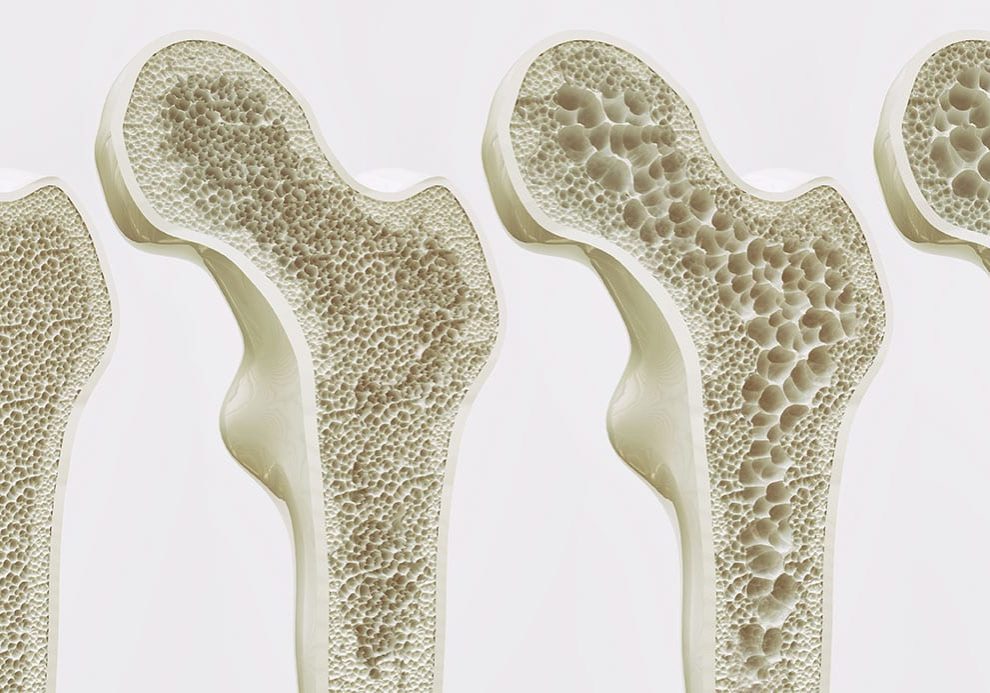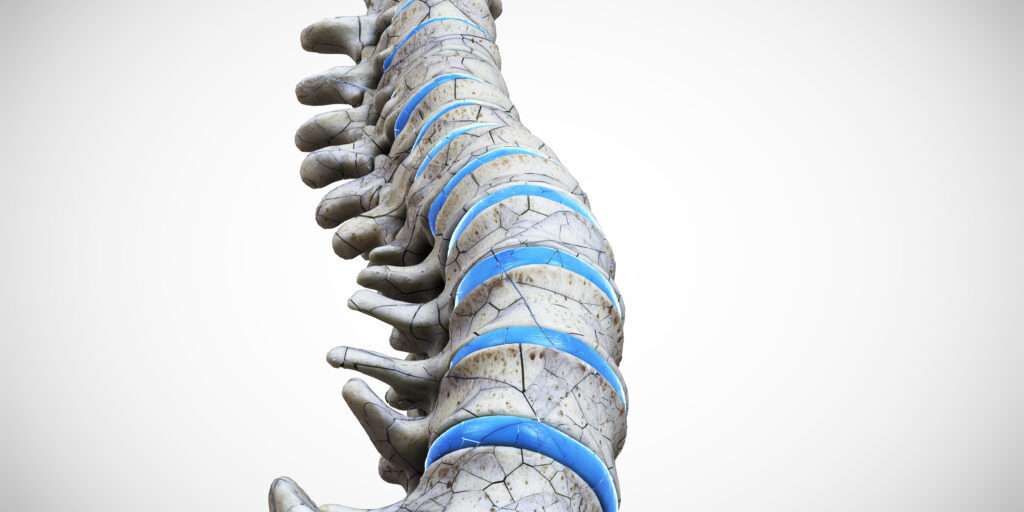The spread of COVID-19 globally has resulted in unprecedented restrictions in the way we live and posed a significant threat to the health of the world’s population.
Staying well informed and having a good understanding of your risk will help to ensure you stay safe and healthy during this period.
As our understanding of how COVID-19 spreads and how it affects us improves, we can take targeted actions to protect those who are most at risk.
What does COVID-19 mean for those living with osteoporosis?
To date, osteoporosis has not been linked to increased risk of contracting or experiencing severe complications from COVID-19. However, this bone disease mainly affects older adults who, along with those living with a chronic medical condition, such as diabetes or cardiovascular or lung disease, are at the highest risk of severe COVID-19 infection.
It is important for those living with osteoporosis to minimise contact with other people and regularly wash or sanitise hands to reduce the risk of contracting COVID-19.
Further, with many health systems over-burdened during this global pandemic, and a high concentration of COVID-19 positive patients in hospitals and medical clinics, trying to stay fracture-free (and out of hospital) during this period is critical.
To help prevent fragility fractures, it is important to take extra precautions around the home, ensuring there are no obstacles and to continue to adhere to management plans, including taking any regular medications and supplements.
Those living with osteoporosis should be assured that access to medication and health services are still available, however these services may be in the form of telehealth or videoconferencing.
For more information on your country’s COVID-19 restrictions or information about access to health services, visit your Government’s official website.





